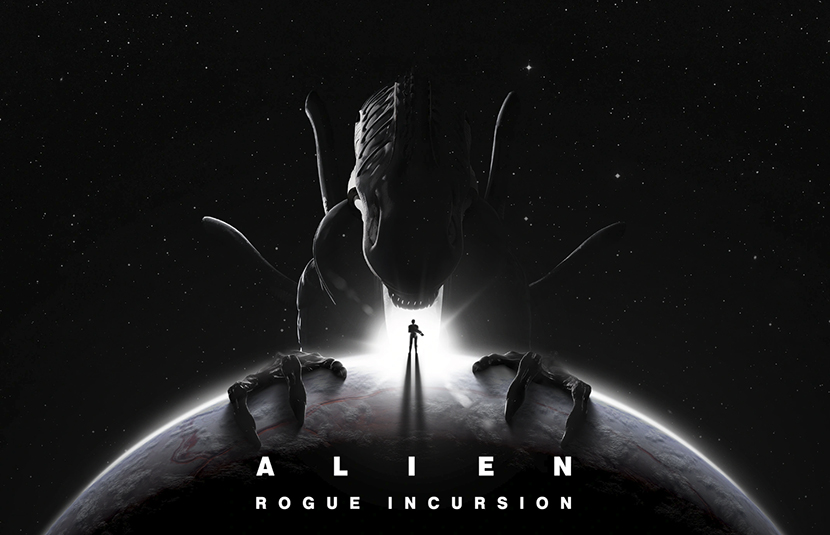Video Games
John Carpenter Wants to Score a Video Game and That Needs to Happen Immediately

Horror master John Carpenter makes no secret of the fact that he loves playing video games, and you can often find him tweeting about the latest games he’s been playing. Carpenter is also no stranger to being directly involved with games, as he scored 1998’s Sentinel Returns and also worked on F.E.A.R 3. So would he ever like to score another game, you ask?
In a lengthy chat with Consequence of Sound, who named him Composer of the Year, Carpenter just expressed his desire to do precisely that in the near future!
“I think there’s a part of me that’s dying to do a game score,” Carpenter told the site.
He continued, “I’m just dying to do it, but I don’t think anybody will hire me. No one thinks about me to do music for games. That’d be great!“
What the hell are you waiting for, game developers? Let’s make this happen!

Video Games
Survios Announces VR Title ‘Alien: Rogue Incursion’, Coming This Year [Trailer]

Remember back in 2022 when developer Survios had announced that they were teaming up with 20th Century Games to develop a new Alien title? Well seeing as it’s Alien Day, Survios has announced their brand-new VR title, Alien: Rogue Incursion. Coming “Holiday 2024” to the PlayStation VR2, SteamVR, and Quest 3, Rogue Incursion will feature an original story that “fully surrounds players within the terrors of the Alien universe”.
Details on the game are light at the moment, but the official site describes the upcoming title as being “designed by Alien fans for Alien fans”, with Survios aiming to craft a “technically advanced, and frightfully immersive Alien virtual reality game.”
Seeing as Alien: Isolation never got official VR support when it was released, this is obviously a welcome announcement. In the meantime, if you’re keen to experience an Alien game in VR, you can always check out the fan-made mod for Alien: Isolation by Nibre_, which allows both the Steam and Epic Games Store version of Alien: Isolation to be played using the Oculus.
And speaking of Alien: Isolation, as you might expect, it’s got a hefty 80% discount going on at the moment on Steam until May 1. So if you still haven’t grabbed it after all these years, this is as good a time as any.












